Hannah Barry Gallery x Foolscap Editions, London
Editor
2025
Lo Brutto Stahl, Paris & Basel
Exhibition Text
2024
Hannah Barry Gallery x Foolscap Editions, London
Editor
2024
émergent, London
Interview
2024
DUVE, Berlin
Exhibition Text
2024
émergent, London
Interview
2024
Incubator, London
Exhibition Text
2023
QUEERCIRCLE, London
Exhibition Text
2023
L.U.P.O., Milan
Catalogue Essay
2023
'To be one human creature is to be a legion of mannequins,'[1] proclaims the horned goddess of Leonora Carrington’s little-known short story, ‘My Mother’s a Cow’. I would be lying if I told you I understood much of the overtly surreal and imaginative cosmology that Carrington conjures in this story – a quasi-religious dialogue between a daughter and Holy Mother that problematises assumptions of the masculine in Christian theology. It is nevertheless a marvellous and incendiary tale, gesturing to a queer and feminine divine beyond the exterior, identity-defining gaze of the ever-present 'hungry observation of the Watchers,'[2] who hold its nameless protagonist prisoner throughout the narrative.
For Carrington, as with many surrealists, the figure of the doll, mannequin or automaton was – and is – of recurring interest and reference in their work. Carrington, for example, is known for her use of the mannequin in her paintings, often portraying herself as one or with a mask that resembles the features of her own face. She did so to convey not only her criticism of the relationship of between notions of the modern female with dependency and submission, but of the relationship between the male gaze and female representation in the broader surrealist movement. Simone de Beauvoir famously wrote in The Second Sex that André Breton 'never talks about Woman as Subject,'[3] and it is clear a large volume of surrealism attests to this fact.
Salvador Dalí’s The Phenomenon of Ecstasy (1933), is a classic case in point, an arresting photo-montage that places at its centre an archetypal image of the femme-enfant – peaceful, angelic, suggestive. Below her image, Dalí places a photo of a marble statue bearing a similar blissful expression, allowing the viewer to gratuitously compare the ecstatic women to that of an inert grey object. Her passiveness is made pure, virginal and innocent through crude association, inviting the viewer to gaze within catatonic intensity and her banal sexualized expression. I’m inclined to name this form of surrealism ‘softcore’ for its not-so-unconscious titillating of masculine desire through the predominance of Lolita-style aesthetics and emphasis on principles of sensual beauty.
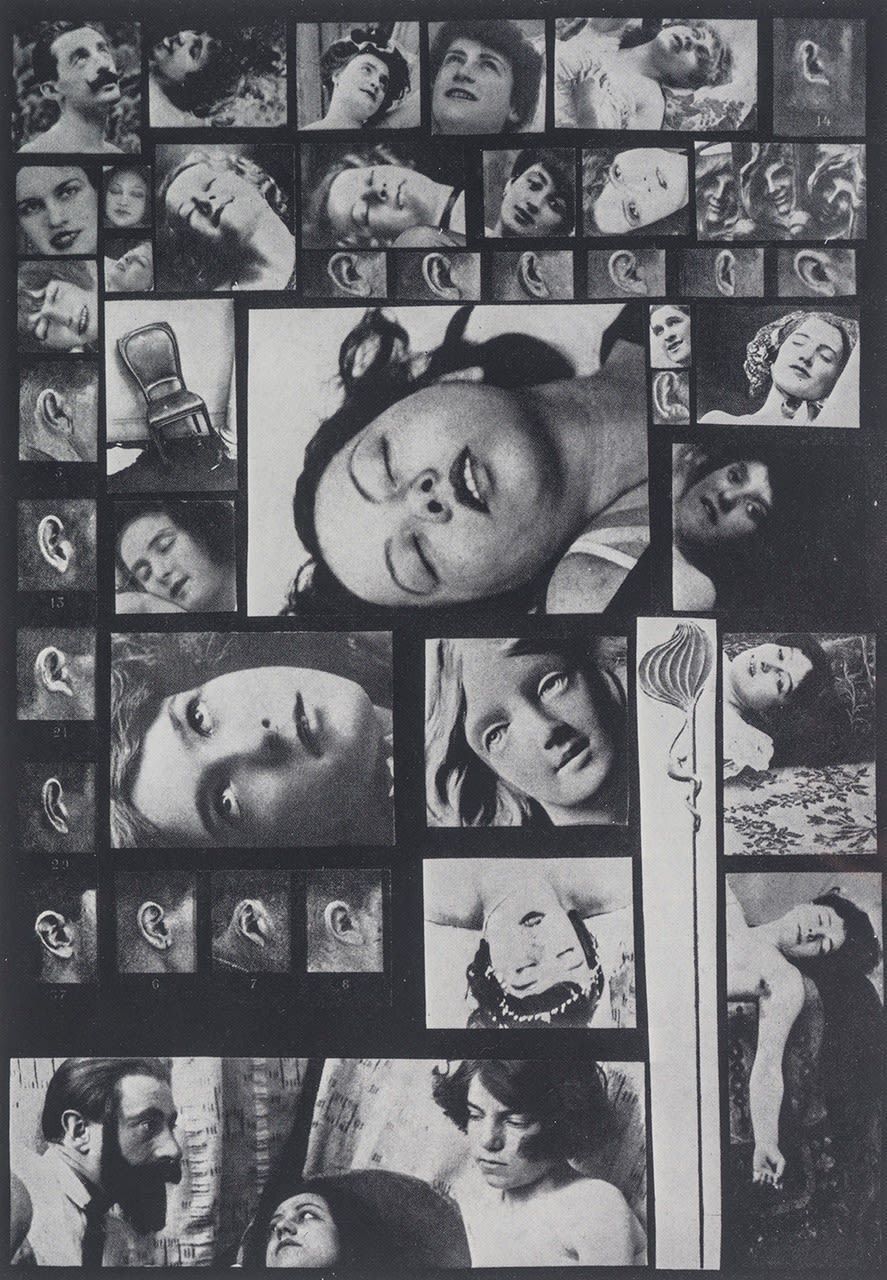
Salvador Dalí, The Phenomenon of Ecstasy (1933)
Softcore surrealism therefore hinges on the conflation of childhood, sexuality, femininity and objectification. It is a pervasive form of surrealism which many artists can be charged with reinforcing and exploiting through their use of insidiously erotic female and doll-like imagery (see Dalí, Man Ray, Breton, Delvaux, et al.) and which artists such as Carrington, Dorothea Tanning and Hans Bellmer have challenged in their work – often by means of subverting the very same tropes that have been used to establish them. For me, recent paintings by Rachel Hobkirk, such as those included in this exhibition, Baby Talk, speak to this history of surrealism, the male gaze and its subversion, of course amongst many other things. They do so however through an inarguably contemporary perspective, one which embeds and critiques the fetishised figure of the docile surrealist puppet within modern forms of advertising which use the attention-grabbing power of ‘cuteness’ to encourage consumption or one-dimensional representations of women and their role in society, particularly when allied to sexualised imagery and the commodification of our nostalgia for adolescence.
The smooth 'wet' surface of Hobkirk’s paintings, in harmony with their brightly saturated colours (a glow intensified through layers of underpainting in oil) and airbrush-quality are certainly evocative of screen-based advertising – a quality brought into sharp focus by her own suggestions of photo-montage, now evocative of quotidian split-screen imagery that is part-internet pop up, part-deliberate and obsessive information overload. Dolls are variously zoomed and cropped, showcasing the more uneasy features of their design (in this case, Tiny Tears, the most popular doll of the 1950s), such as tropophobia-inducing hairlines, lascivious pink lips, circular anal-like feeding-holes in the mouth and rolling intoxicated eyelids, the result of the ‘sleepy eye’ innovation which led to doll’s closing their eyes when laid horizontal.
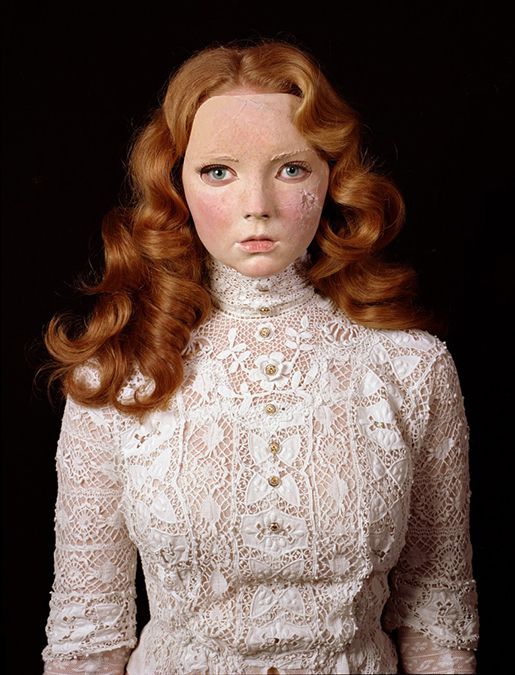
Gillian Wearing, Lily Cole (2009)
There is a provocation in focusing on these palpable elements, sharpened by their rendition as hyper-smooth surfaces that demonstrate a form of reality as representation. There is continuity, for instance, between Hobkirk’s glamorous yet alienated dolls – beautifully preserved and well-dressed, but isolated with a larger than human silence – and Gillian Wearing’s 2009 portrait series of supermodel Lily Cole. Wearing a porcelain mask of her own face, the supposed pinnacle of beauty as a childlike doll is undermined by a haunting sense of the uncanny – a troubling interplay and failure of distinctions between the animate, inanimate and erotic. The cute and the sinister. Attractive and repulsive. Beautiful and grotesque.
Indeed, the characters of Baby Talk exist somewhere between strangely despondent and vacuous symbols of rampant consumer culture, outdated feminine and maternal domesticity, and on the other, as autonomous and charged psycho-sexual beings. They are playful but not sugar-coated, ambiguous but not lost. Alluring, but for what purpose? Together they softly subvert the passive and diminutive framework of softcore surrealism, borrowing in equal measure from contemporary popular culture’s fear of hysterical, paranormal dolls and its increasing fetishisation and aestheticisation of youth, innocence and glamour, particularly seen online. Staged and photographed in the studio, the figures in Baby Talk can themselves be seen as a style of vexed portraiture. The question that we must ask is: who or what is behind the mask? For as Carrington’s goddess continues in her enigmatic parable, 'These mannequins can become animated according to the choice of the individual creature. He or she may have as many mannequins as they please.'[4]
[1] Leonora Carrington, The Complete Stories of Leonora Carrington (St Louis: Dorothy, 2017).
[2] Ibid.
[3] Simone de Beauvoir, The Second Sex (London: Johnathan Cape, 1956).
[4] Carrington.

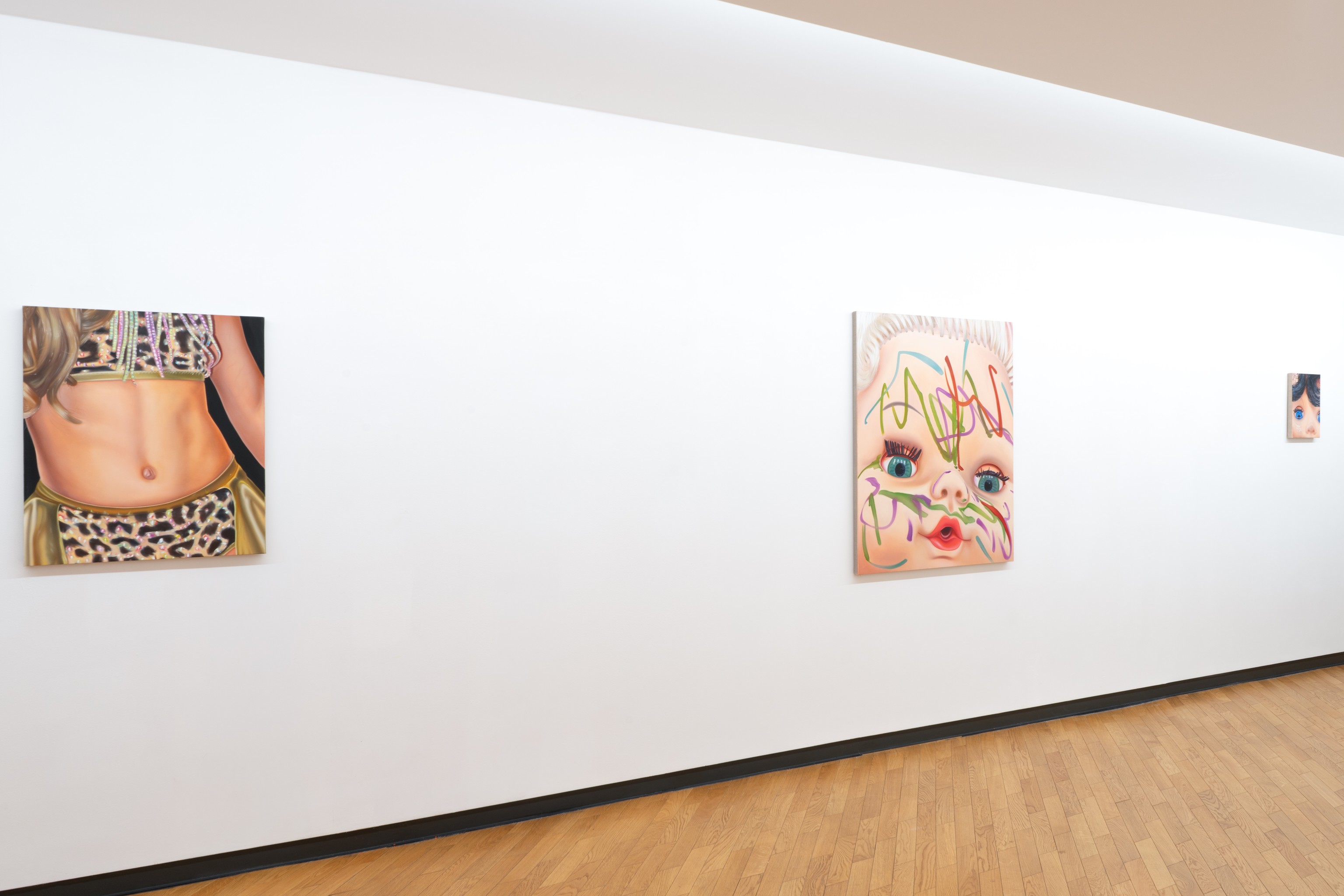
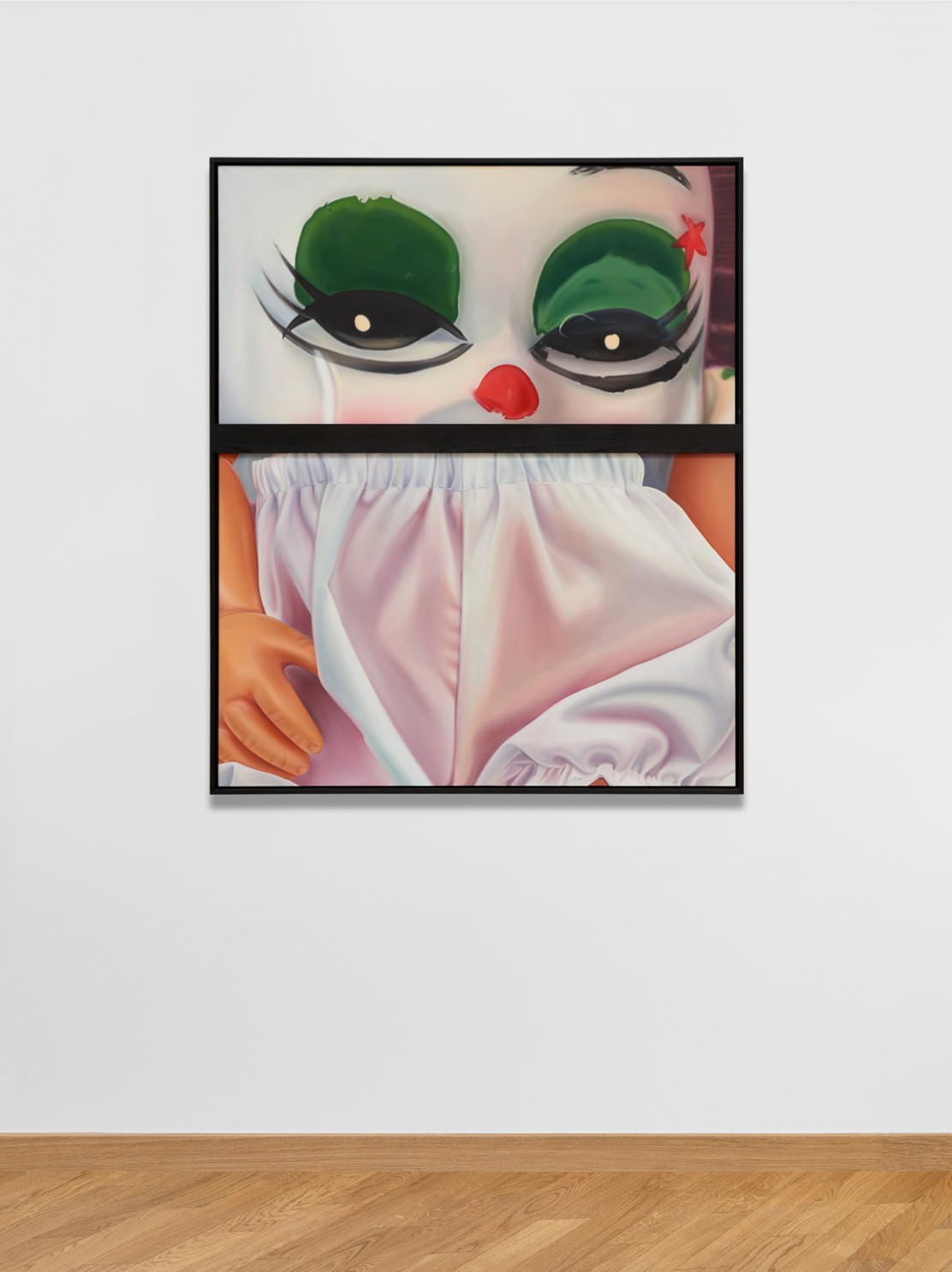
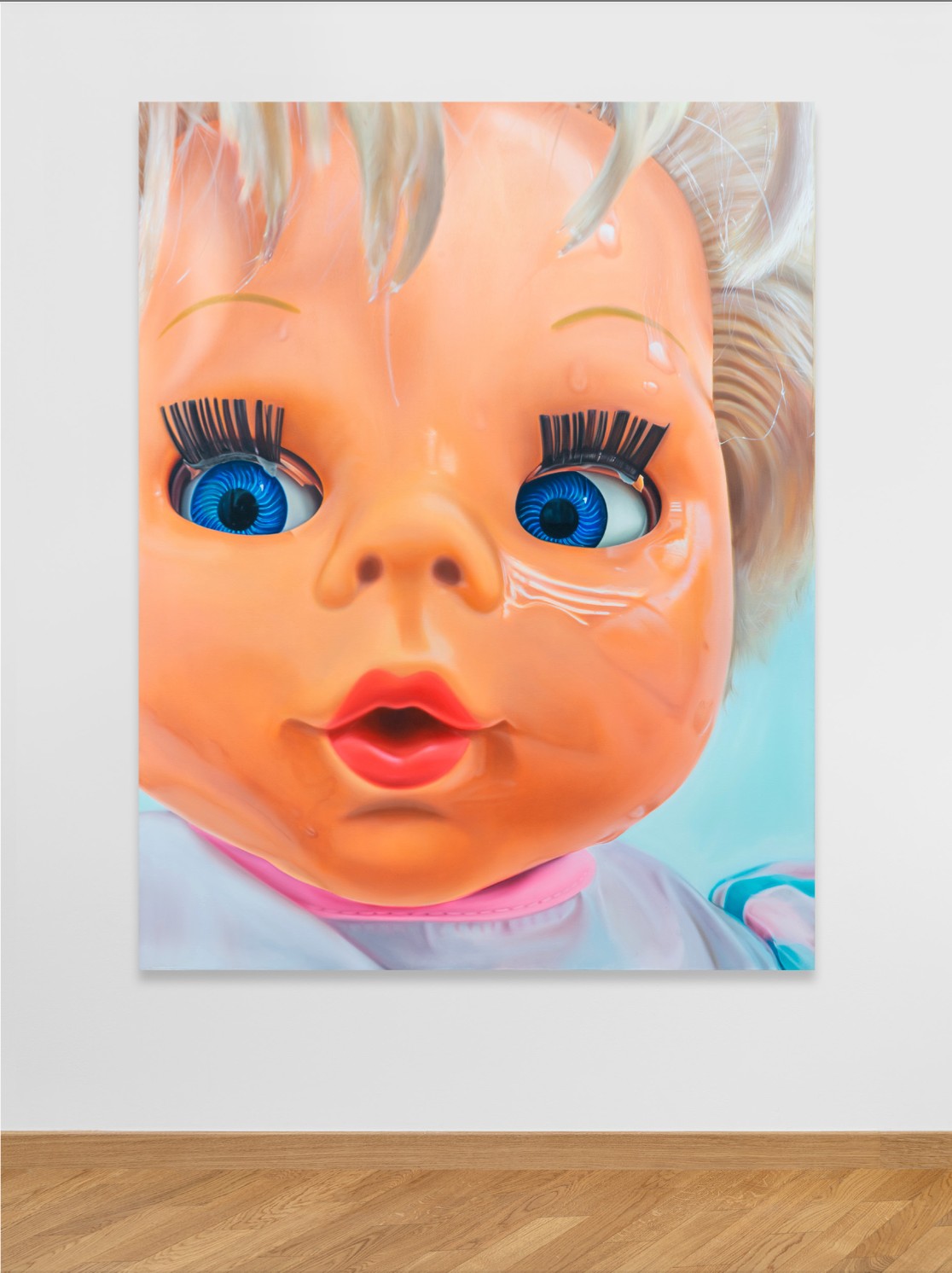
Tarmac Press, Herne Bay
Catalogue Essay
2023
Brooke Bennington, London
Exhibition Text
2023
Freelands Foundation, London
Catalogue Essay
2023
superzoom, Paris
Exhibition Text
2023
Lichen Books, London
Catalogue Essay
2022
Tennis Elbow, New York
Exhibition Text
2022
émergent, London
Interview
2022
Guts Gallery, London
Exhibition Text
2021
Kupfer Projects, London
Exhibition Text
2021
Collective Ending, London
Catalogue Essay
2021
L21 Gallery S’Escorxador, Palma De Mallorca
Exhibition Text
2021
TJ Boulting, London
Exhibition Text
2021
Quench Gallery, Margate
Exhibition Text
2021
COEVAL, Berlin
Interview
2021
COEVAL, Berlin
Interview
2021
Foolscap Editions, London
Catalogue Essay
2020
Gentrified Underground, Zurich
Catalogue Essay
2020
Camberwell College of Arts, London
Exhibition Text
2019
Kronos Publishing, London
Editor
2019
Elam Publishing, London
Editor
2019
William Bennington Gallery, London
Catalogue Essay
2019
Elam Publishing, London
Catalogue Essay
2018
Camberwell College of Arts, London
Exhibition Text
2018
Limbo Limbo, London
Exhibition Text
2017
Saatchi Art & Music Magazine, London
Review
2017
B.A.E.S., London
Exhibition Text
2016